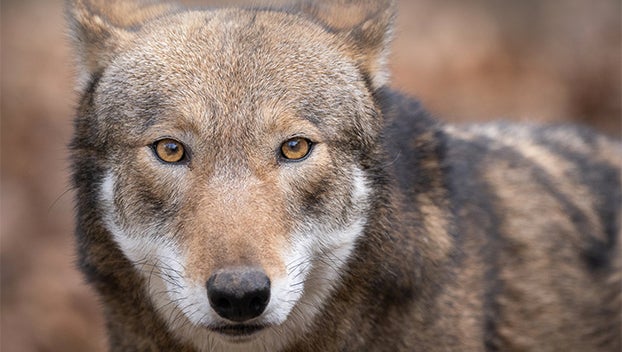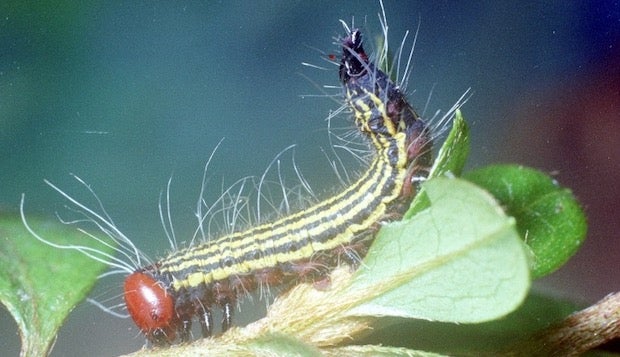Recommendations of herbs for budding gardeners
Published 2:37 pm Friday, February 19, 2021
|
Getting your Trinity Audio player ready...
|
There are several herbs that you can grow in the landscape. Most of these would fall into the annual category however, meaning that you would need to replant them every year. Annual herbs would include basil, parsley, dill and cilantro to name a few. Being annuals, these plants are more forgiving because they only last one season. If you have an issue with growing annuals, you can move them or replant them without losing too much.
Perennial herbs are a little different in that respect. These are plants that will continue to grow from year to year. A few examples of perennial herbs are thyme, oregano, sage, mints, chives, garlic chives and rosemary. Many of these plants are fairly easy to grow and encourage pollinator activity. Garlic chives are a wonderful addition to your flower beds. They flower in late summer and boy do the pollinators flock to them when they do.
One of the greatest plants you can grow in your landscape is rosemary (Rosmarinus officinalis). This is a very functional, edible and medicinal herb that can fit into your existing ornamental beds. Being native to the Mediterranean, rosemary is an evergreen plant that is very drought tolerant after being established. The plant prefers moist, well-drained soil and direct sunlight. Rosemary displays beautiful small flowers this time of year to give winter interest. The leaves are small and very fragrant when crushed. Rosemary will spread, so make certain to give it plenty of room in planting beds. These plants can also be grown in containers and will do just fine. Make certain, however, to not let them dry out. Container plants, as a general rule, require much more water than plants grown in soil.
Popular cultivars to be on the lookout for are ‘Gorzia’, ‘Tuscan Blue’, ‘Salem’ and ‘Arp’. ‘Gorzia’ has leaves that are double the size of most rosemary varieties. ‘Arp’ has the best cold tolerance of the cultivars. ‘Tuscan Blue’ has strong upright stems that can actually be used as skewers for grilling. ‘Salem’ grows to 4’ or 5’ with dark blue flowers.
If you are interested in incorporating edible plants into your landscape, many of these plants will work great for you. However, we always circle back to “Right Plant, Right Place.” If you are looking for a plant or would like to know more about a particular plant, visit the new NCSU Plant Toolbox at plants.ces.ncsu.edu. Here you can learn about the cultural needs of a plant such as whether it is drought tolerant or maybe it needs to be in an area of part-shade. This site will also tell you whether a plant is native, deer tolerant, wildlife friendly, or even if it has poisonous parts. If you are looking for a plant to fill a particular space, use the “Find a Plant” tab to set filters for your space.
An alternative to looking yourself is to contact a Certified Extension Master Gardener Volunteer in Beaufort County to discuss your plans or concerns about particular plants. Master Gardener Volunteers go through classroom training and must successfully complete a 40-hour internship before earning their certification. These volunteers are very knowledgeable and enjoy giving back to the community.
If you have a question about livestock, food, crops, or plants look no further than your local Extension Center. Do you need help growing in your home landscape, call the Extension office at (252)946-0111 or email Gene at gene_fox@ncsu.edu.
Gene Fox is the area consumer horticulture agent with North Carolina Cooperative Extension.





